How Does Shopify Work? Step By Step Guide For 2024
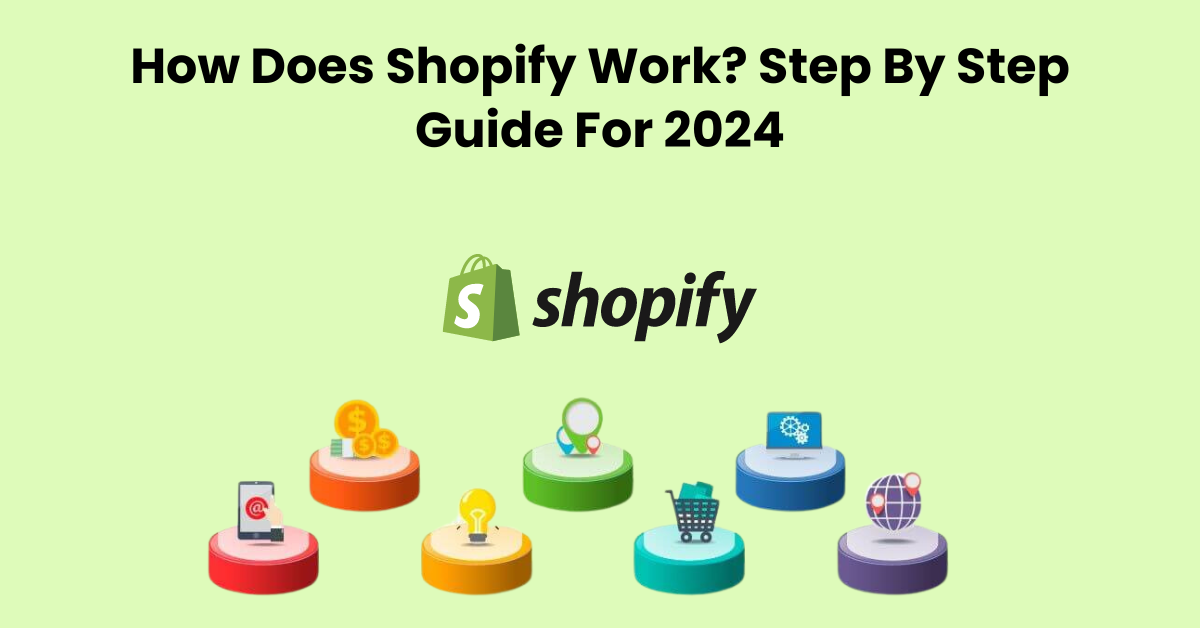
We take a step-by-step look at how does Shopify works in this tutorial. It's crucial to comprehend Shopify's workings, whether you're a novice business owner or trying to enhance your current web presence. We dissect this popular e-commerce platform's operation in this blog, covering everything from its fundamentals to its nuances. From business setup to product management and payment processing, this comprehensive guide offers helpful tips for using Shopify's capabilities. No matter how tech-savvy you are, this lesson will try to provide you with the skills you need to maximize Shopify's potential for your web store. Let's get into the details and see how Shopify can meet your e-commerce demands in a simple and efficient manner.
What Does Shopify Do?
Shopify is an all-in-one commerce platform that helps businesses of all sizes sell online. Here's a breakdown of what Shopify offers:
Building an online store: They provide user-friendly tools to design and customize an online store without needing coding knowledge.
Multichannel selling: You can sell through your website, social media platforms, online marketplaces, and even in physical stores using Shopify's point-of-sale system.
Business management tools: Shopify offers a suite of tools to manage your inventory, track sales, accept payments, and handle marketing for your business.
Scalability: Their plans cater to businesses of all sizes, from solopreneurs to large enterprises.
In short, Shopify helps you set up an online store, manage your products and sales, and grow your business.
Shopify Product Variants: What It Is & How To Add It
How Does Shopify Work: Steps
Here is the step-by-step guide on how Shopify works & how to sell on Shopify:
Step 1: Begin the trial
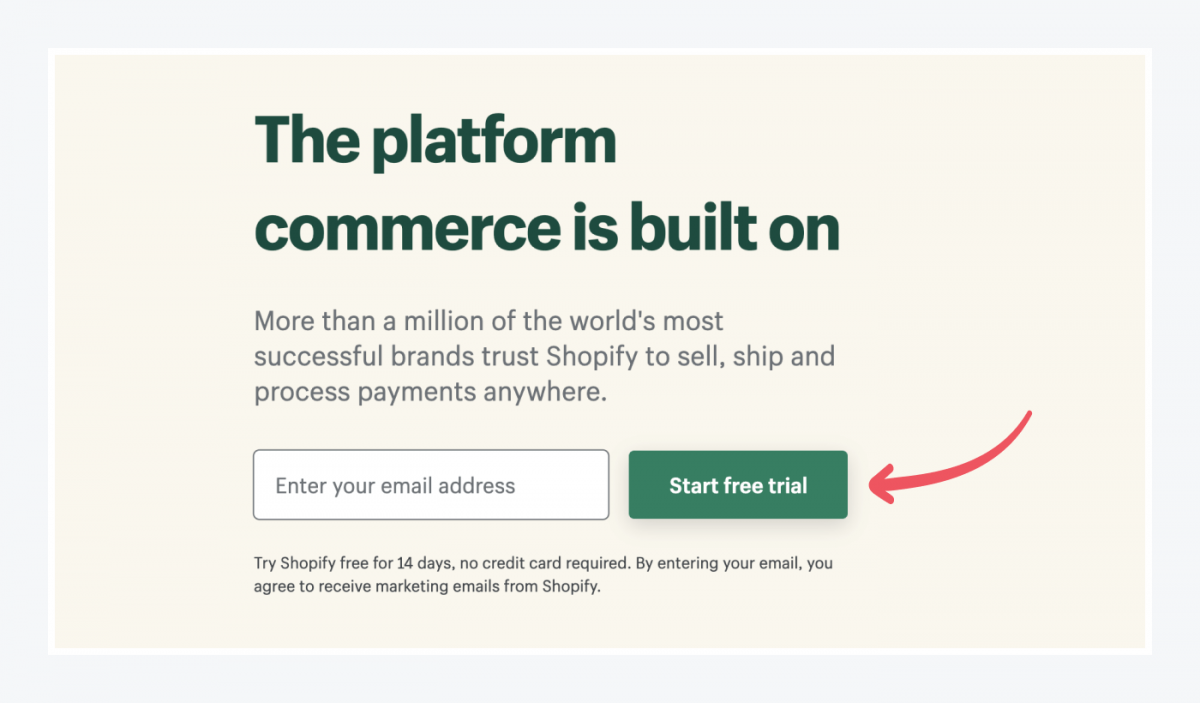
Go to Shopify.com and create a trial account. You can test out the platform's features and functionalities during this trial time without having to pay anything upfront. To establish your account, provide the necessary information.
Step 2: Learn how to use the dashboard
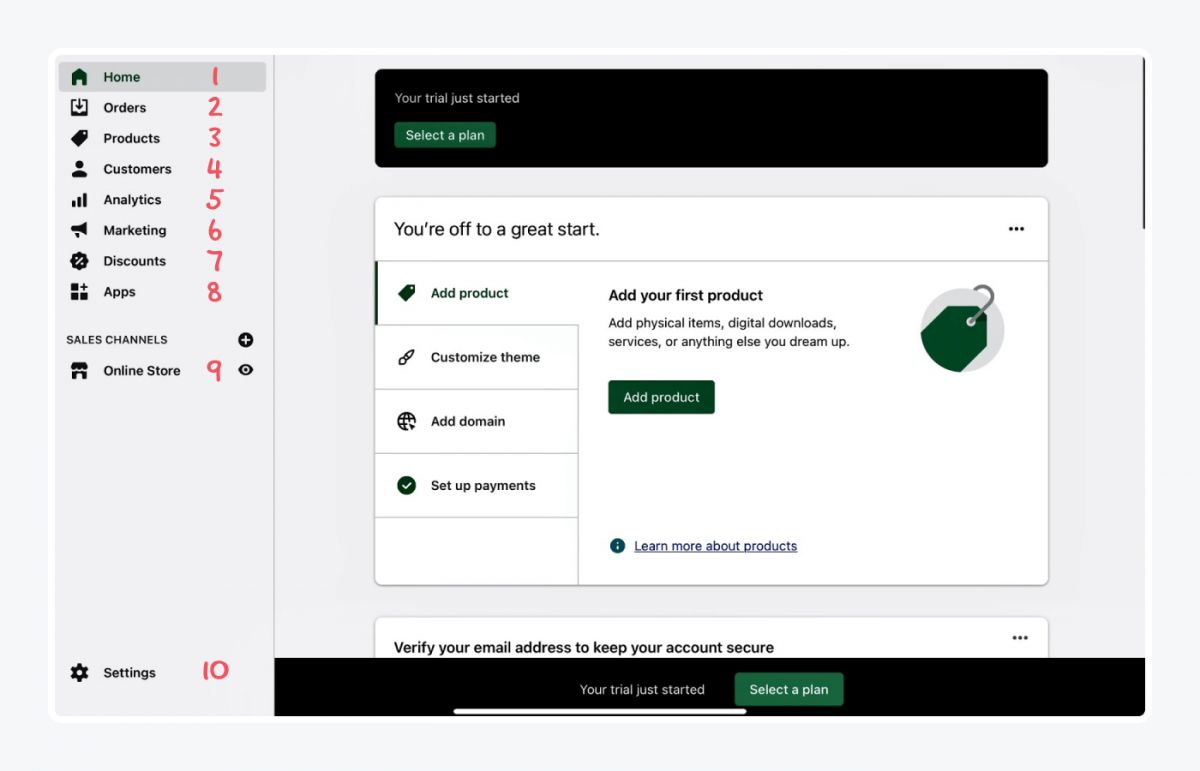
After you log in, become acquainted with the Shopify dashboard. You will be able to oversee all aspects of your online store from this central control panel. To grasp the design and functionality, browse through the many parts, such as orders, items, customers, and analytics.
Step 3: Handle orders
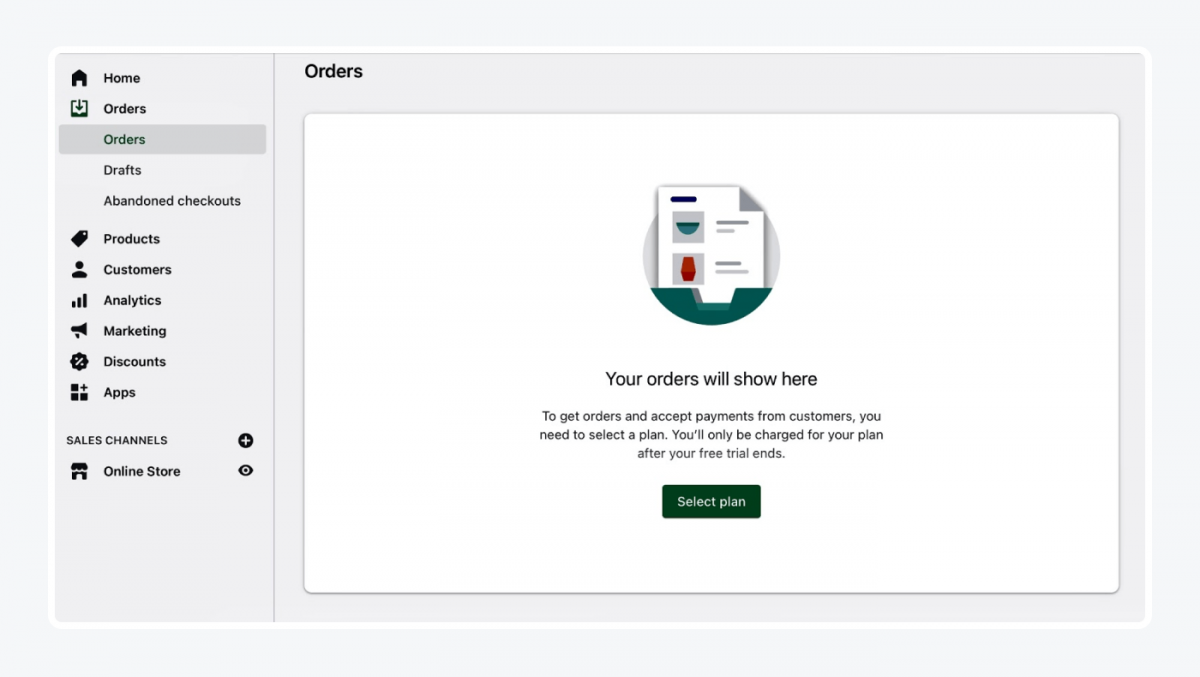
Handle and complete client orders in the dashboard's "Orders" section. Track order status, make necessary updates to tracking data, and get in touch with customers. This is where all of your transaction-related activity is centralized.
Step 4: Stock your online store with merchandise
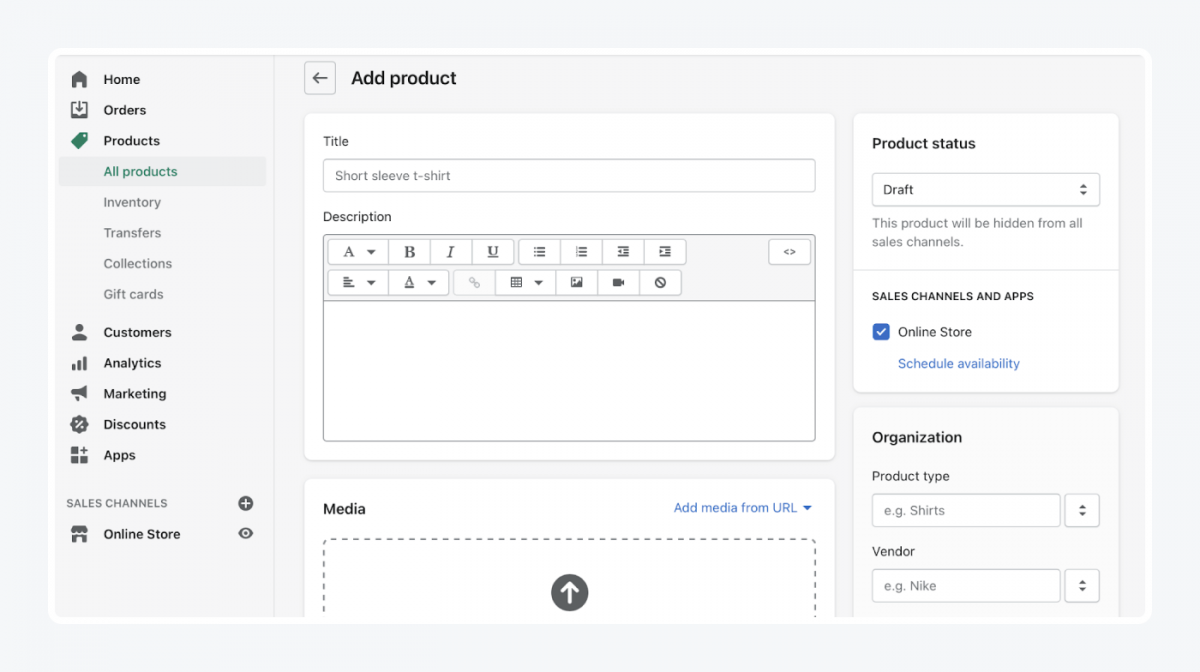
Go to the "Products" area and start building your product portfolio. Include comprehensive details about every product, such as costs, pictures, descriptions, and options. This is an essential step in properly presenting your products on your web storefront.
Shopify One Page Checkout: A Simpler Way to Shop
Step 5: Handle client relations
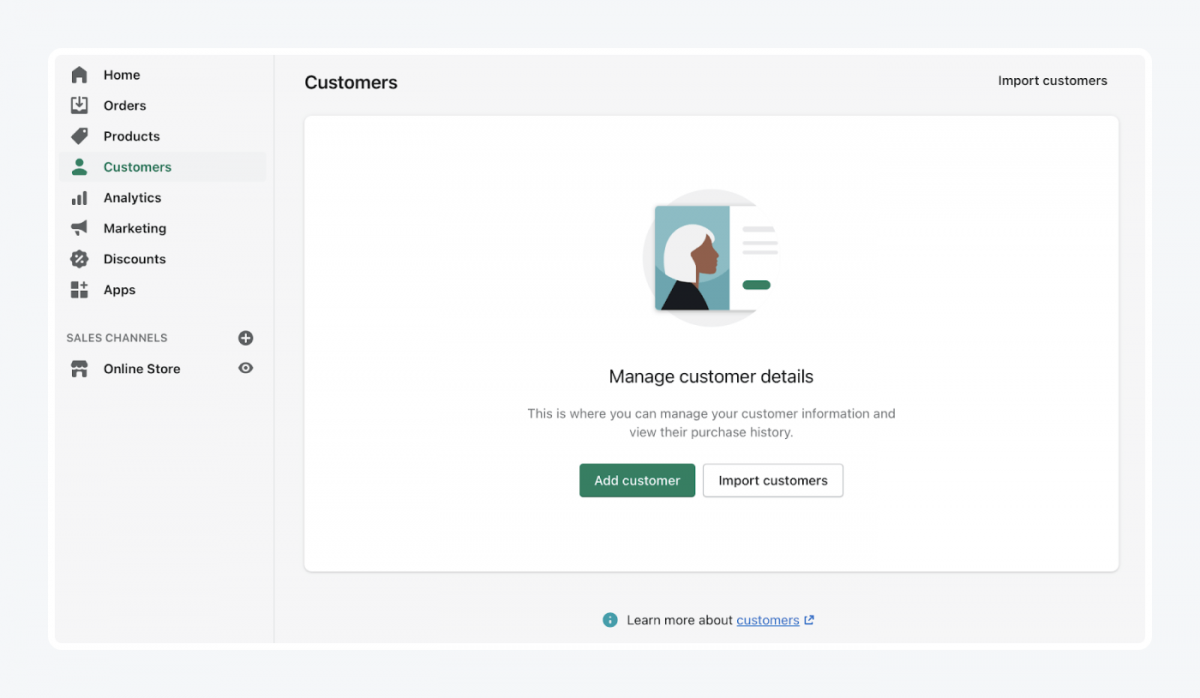
Make use of the "Customers" area to monitor your clientele. View each client's order history, access their personal profile, and get information to improve your customer support and engagement tactics.
Step 6: Learn about your online store's metrics
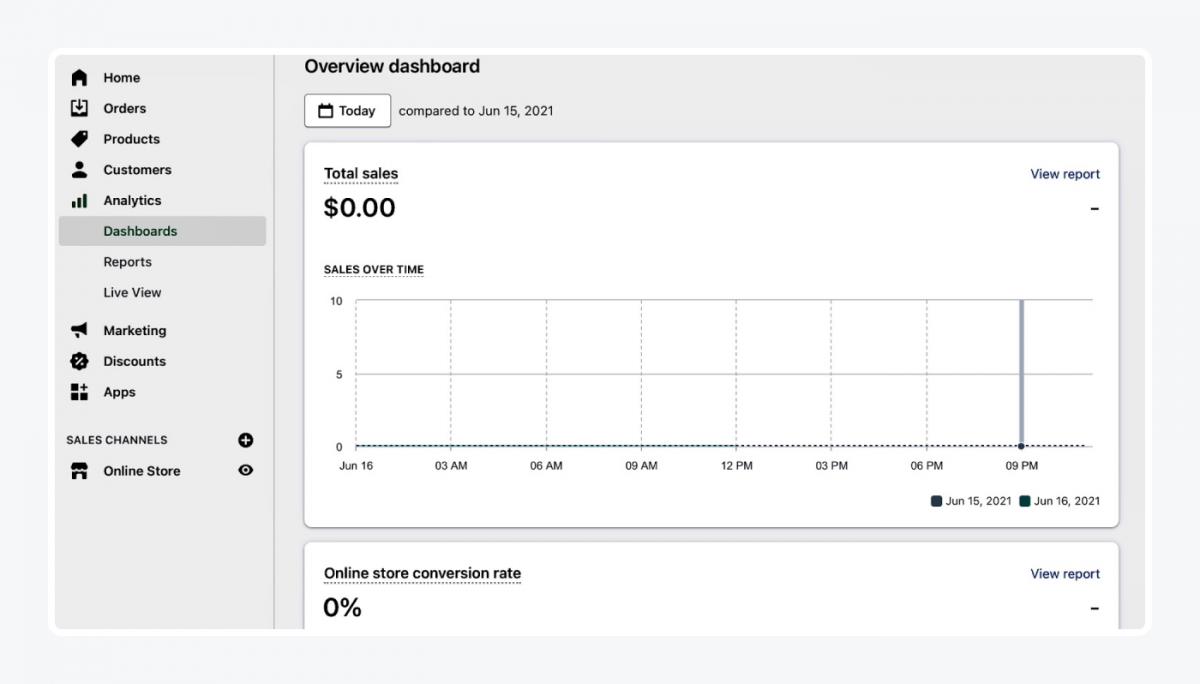
Examine the "Analytics" area to get important details about the operation of your store. Recognize the habits of your visitors, monitor sales patterns, and evaluate the results of your marketing campaigns. Making wise decisions to expand your company requires having access to this information.
How To Change Featured Products On Shopify?
Step 7: Consider your advertising campaigns
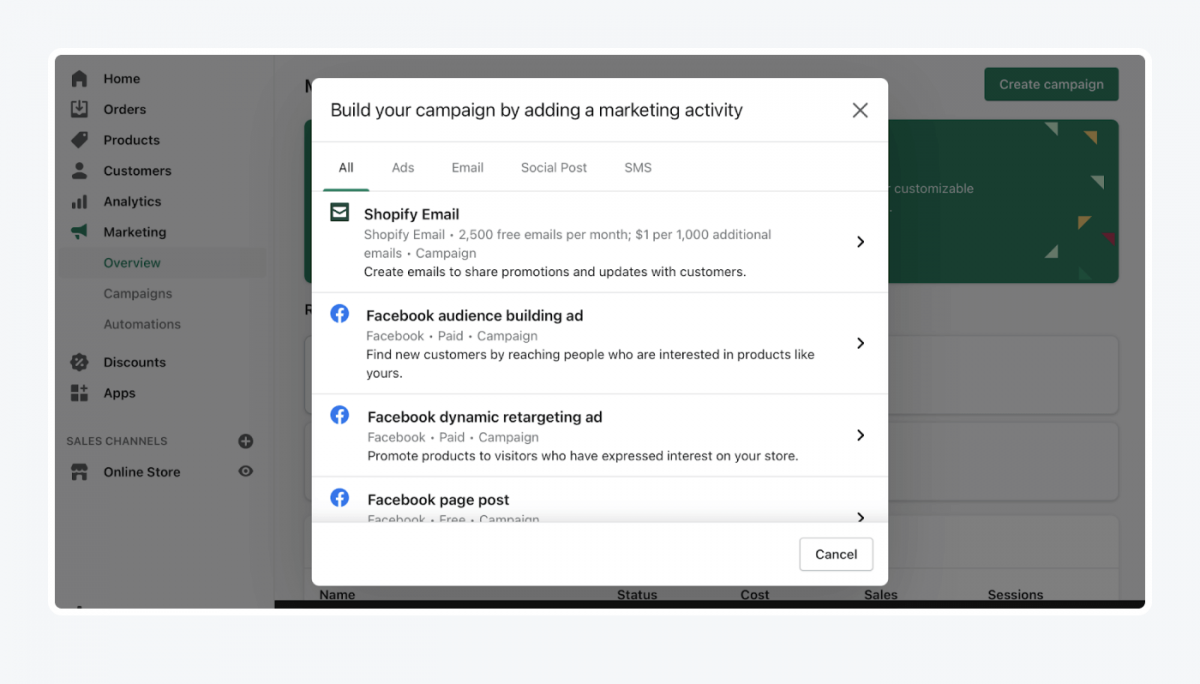
Plan and carry out your marketing strategy under the "Marketing" tab. To successfully reach your target audience and market your products, make use of Shopify's integrated marketing tools, which include social network integrations, email campaigns, and discount creation.
Step 8: Make reductions
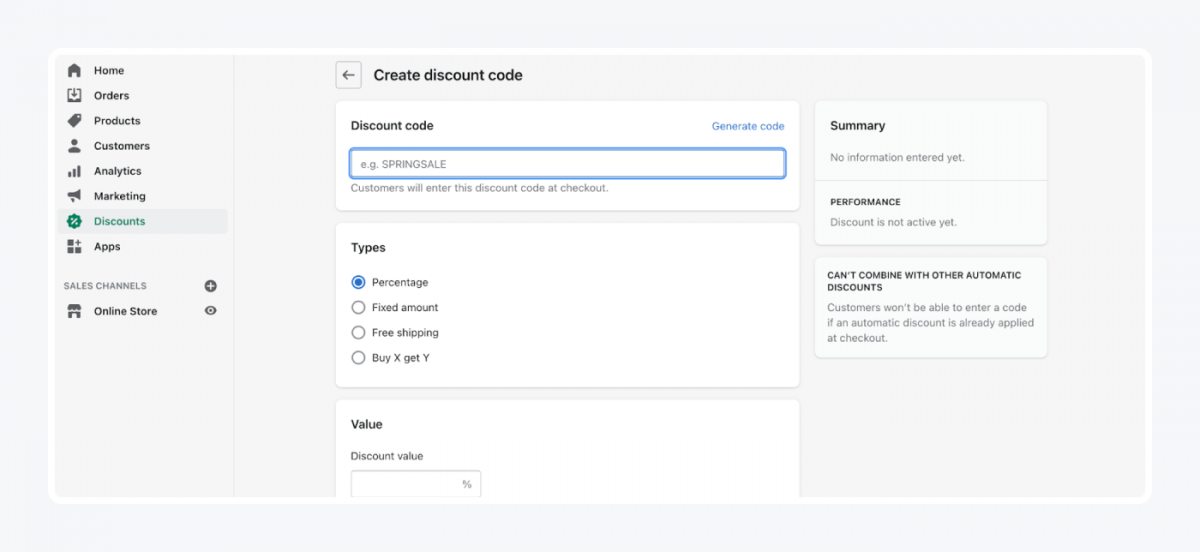
Create special deals and discount codes in the "Discounts" area to encourage purchases. To draw in and keep customers, set up discounts with preset amounts or percentages and apply them to particular purchases or goods.
Step 9: Expand your online store with apps
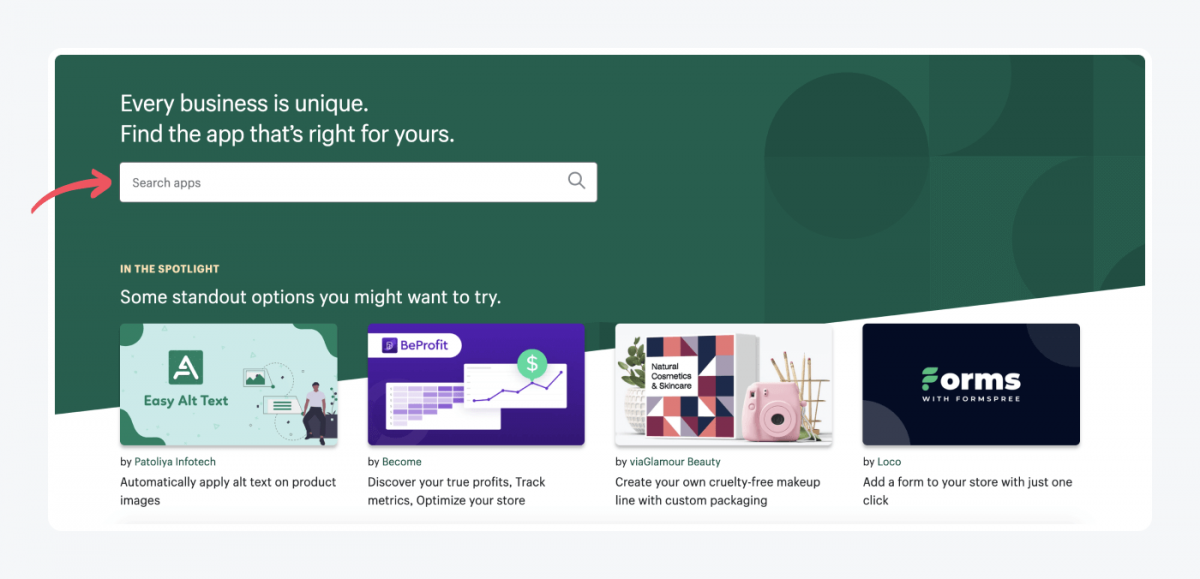
Explore and install apps from the Shopify App Store to improve the functionality of your store. You may customize your store to meet your unique demands with the help of these applications, which offer a wide range of functions including marketing automation, customer assistance, and inventory management.
Step 10: Make your online store unique
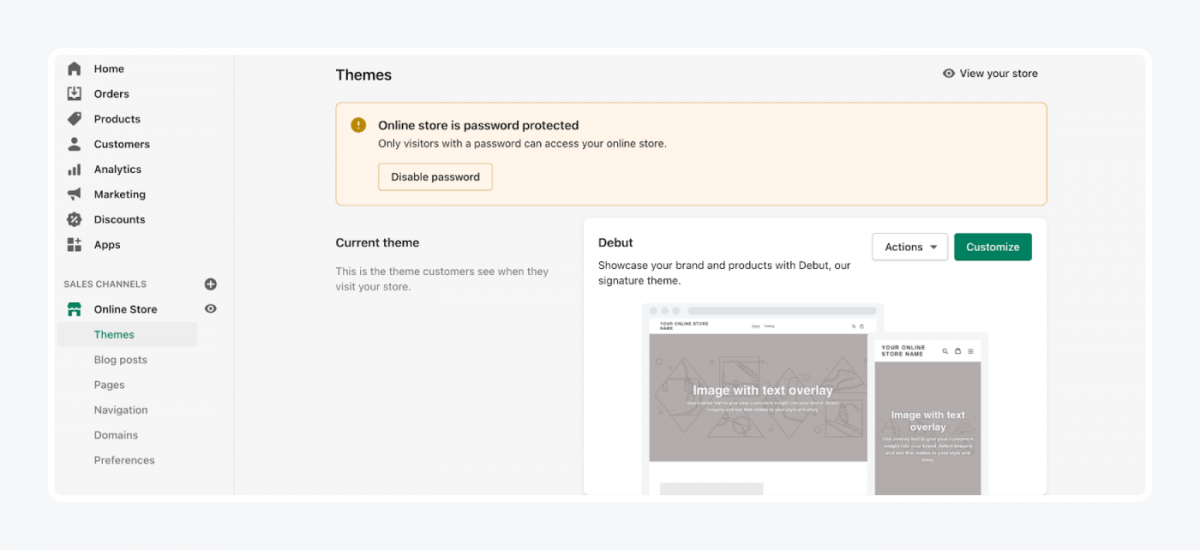
To alter the look of your shop, go to the "Online Store" area. Select from a range of themes and alter them to fit the style of your business. Modify the layout, typefaces, and colors to establish a distinctive and eye-catching web presence.
Step 11: Configure your eCommerce store's back end.
Adjust the "Settings" section's backend settings. Set up payment gateways back-end, delivery options, and tax rates to make sure your store runs efficiently and conforms with legal regulations. Adapt these variables to your business strategy and the needs of your specific region.
GPT-Powered AI Shopping Assistant For Shopify Store

Integrating a GPT-powered AI assistant like Manifest AI into your Shopify store revolutionizes how you interact with and serve your customers. This advanced assistant is crafted to enhance your operations and provide a better shopping experience with its diverse features.
AI Support: Manifest AI delivers quick and accurate support, efficiently answering customer inquiries. This ensures customers quickly obtain the information they need, enhancing their satisfaction and overall experience.
AI Search: This feature improves your store's search capabilities, enabling customers to use conversational language to locate products. This user-friendly search method simplifies navigation, fostering more customer engagement and boosting sales.
AI Nudges: Leveraging insights into customer behavior, Manifest AI offers customized product recommendations, nudging customers towards appealing products or deals. This not only encourages purchases but also boosts conversion rates.
AI Quizzes: This tool involves customers through interactive quizzes, collecting valuable information about their preferences and behavior. Utilizing this data, provides targeted recommendations, making the shopping experience more personalized for each customer.
Conclusion
In conclusion, this detailed tutorial provided insight into the subtleties of Shopify's operation and offered a thorough road map for both novice and experienced business owners. We've examined the key components that make Shopify a potent e-commerce platform, starting with the trial period and moving through the subtleties of the dashboard, order management, and customer interaction. The trip proceeded with more insights into marketing strategies, statistics, creating discounts, integrating apps, and the crucial step of personalizing your online store. The back-end setup, which includes settings for shipping, taxes, and payments, guarantees that your business runs smoothly. Equipped with this understanding, you can effectively utilize Shopify's features to launch and expand your virtual store.

.png)
